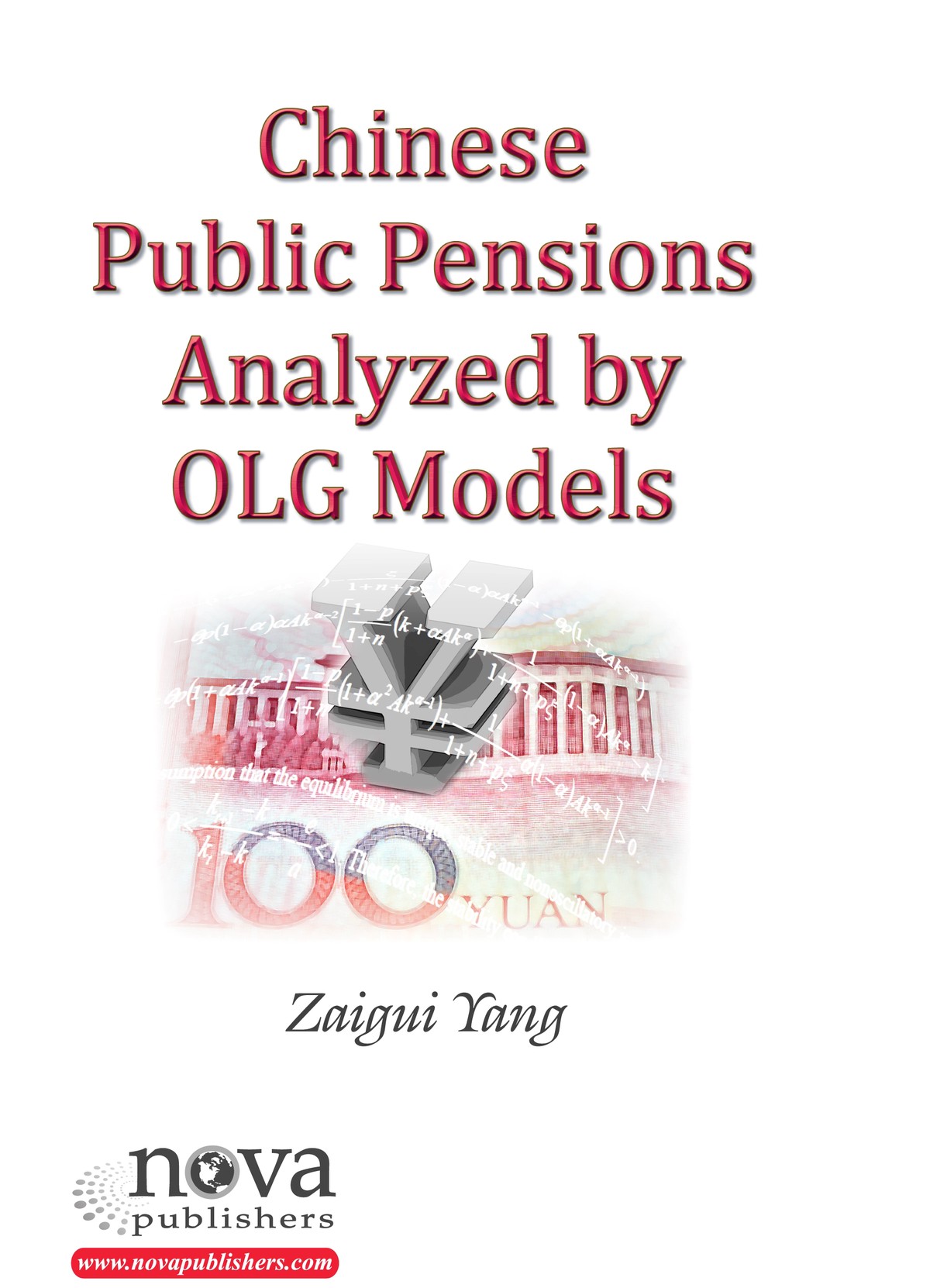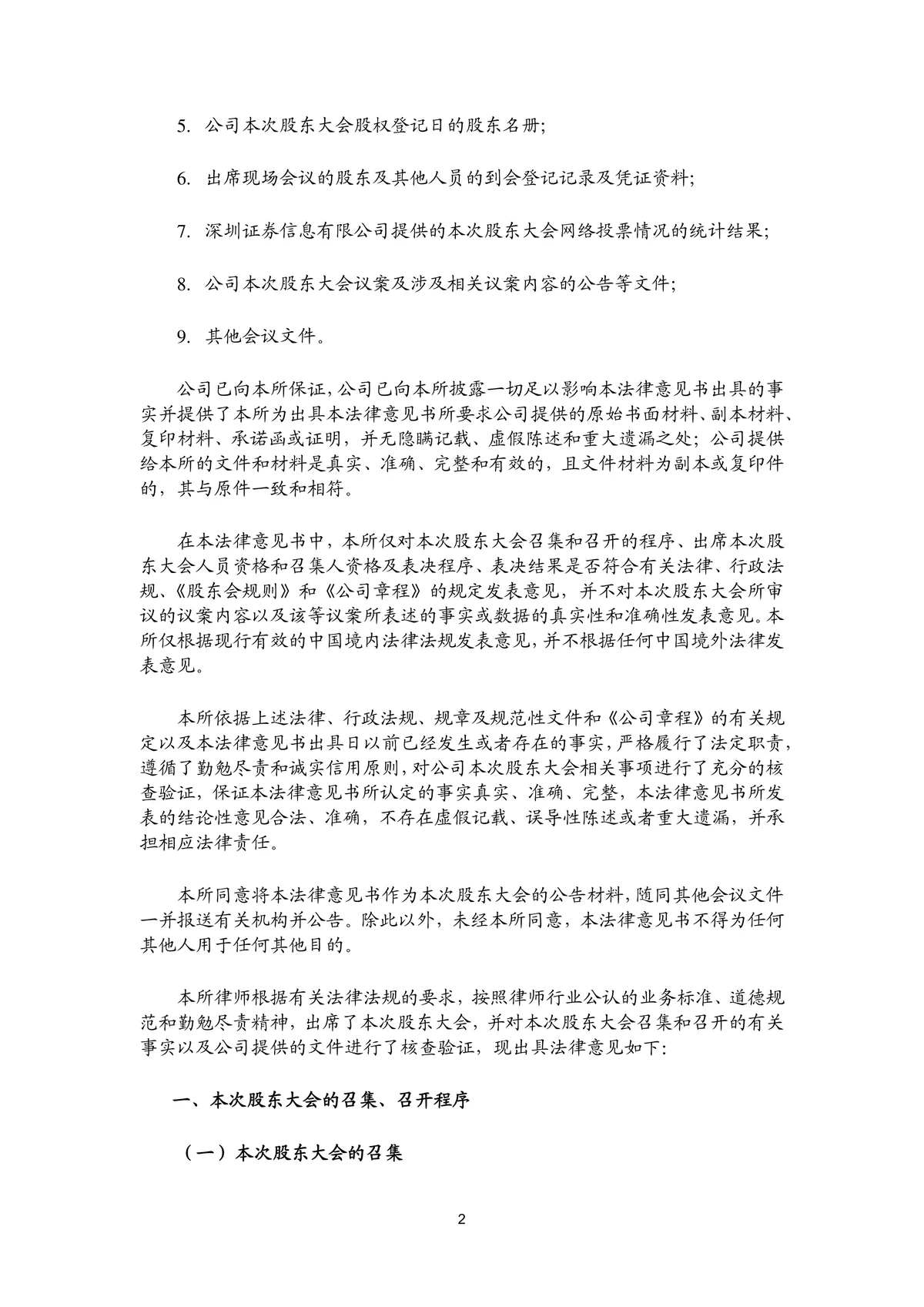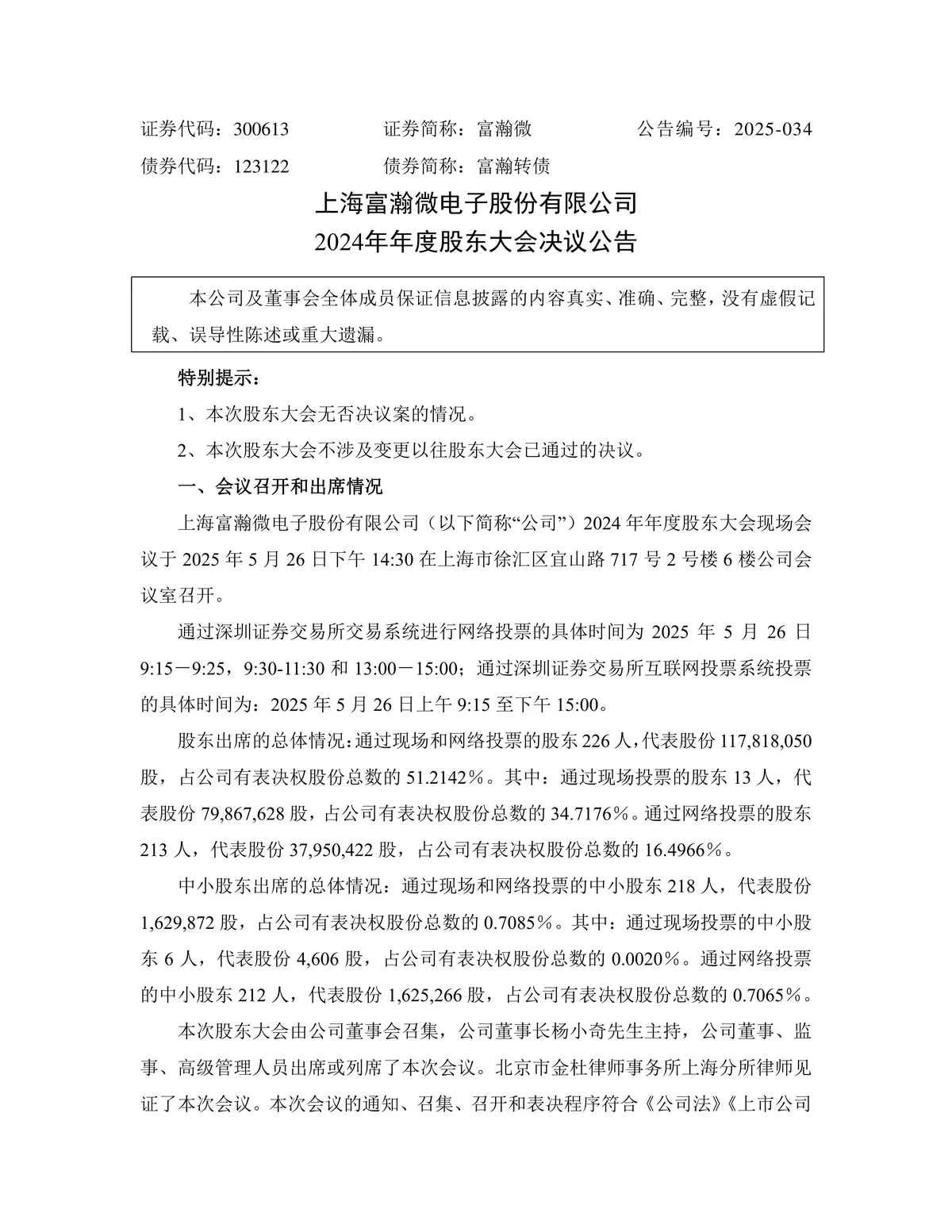


=========================================
In the world of options trading, understanding and analyzing option data is crucial for making informed and profitable decisions. Quantitative analysis allows traders to leverage data-driven insights and complex mathematical models to optimize trading strategies. In this comprehensive guide, we will explore how to analyze option data quantitatively, discuss two primary approaches, and offer practical tips for using quantitative techniques in options trading.
- Understanding Options and the Need for Quantitative Analysis
—————————————————————
1.1. What Are Options?
An option is a financial derivative that gives the holder the right, but not the obligation, to buy or sell an asset at a predetermined price within a specified period. There are two main types of options:
- Call Options: The right to buy an asset at a set price.
- Put Options: The right to sell an asset at a set price.
Options are used for various purposes, including hedging risk, speculating on price movements, and increasing leverage. However, understanding how options behave requires more than just basic knowledge; it involves analyzing data quantitatively to uncover insights that can guide trading decisions.
1.2. The Importance of Quantitative Analysis in Options Trading
Quantitative analysis in options trading refers to the application of mathematical and statistical methods to analyze market data and evaluate options strategies. This approach helps traders manage risks, forecast future price movements, and design optimal strategies.
By using quantitative techniques, traders can:
- Assess volatility and implied volatility.
- Analyze option pricing models.
- Evaluate the potential for profits based on historical data.
- Develop hedging strategies.
- Backtest trading strategies to ensure their effectiveness.
- Key Quantitative Methods for Analyzing Option Data
—————————————————–
2.1. Black-Scholes Model
The Black-Scholes model is one of the most widely used methods for pricing European-style options. It calculates the theoretical price of a call or put option based on factors such as the underlying asset’s price, the strike price, the time to expiration, the risk-free interest rate, and the asset’s volatility.
2.1.1. Black-Scholes Formula
The Black-Scholes formula for pricing a European call option is:
C=S0⋅N(d1)−X⋅e−rT⋅N(d2)C = S_0 \cdot N(d_1) - X \cdot e^{-rT} \cdot N(d_2)C=S0⋅N(d1)−X⋅e−rT⋅N(d2)
Where:
- CCC is the call option price.
- S0S_0S0 is the current price of the underlying asset.
- XXX is the strike price.
- rrr is the risk-free interest rate.
- TTT is the time to expiration (in years).
- N(d1)N(d_1)N(d1) and N(d2)N(d_2)N(d2) are cumulative normal distribution functions of d1d_1d1 and d2d_2d2, which are calculated as:
d1=ln(S0/X)+(r+σ22)TσTd_1 = \frac{\ln(S_0 / X) + (r + \frac{\sigma^2}{2})T}{\sigma \sqrt{T}}d1=σTln(S0/X)+(r+2σ2)T
d2=d1−σTd_2 = d_1 - \sigma \sqrt{T}d2=d1−σT
Where:
- σ\sigmaσ is the volatility of the underlying asset.
2.1.2. Advantages of the Black-Scholes Model
- Widely Accepted: It is one of the most accepted models for pricing options and is used by traders globally.
- Simplicity: The formula is relatively simple and can be used with easily accessible data.
2.1.3. Limitations of the Black-Scholes Model
- Assumption of Constant Volatility: The model assumes that volatility is constant, which is rarely the case in the real market.
- Only for European Options: It only works for European-style options, which can only be exercised at expiration.
2.2. Implied Volatility and Volatility Surface Analysis
Implied volatility (IV) represents the market’s view of future volatility, derived from option prices. Analyzing IV can provide critical insights into market sentiment, price movements, and the likelihood of an option reaching its strike price.
2.2.1. Calculating Implied Volatility
Implied volatility is calculated using the Black-Scholes model in reverse. Since option prices are observable, IV can be extracted by solving the Black-Scholes formula for volatility.
2.2.2. Volatility Surface
A volatility surface is a three-dimensional graphical representation of implied volatility across different strike prices and expiration dates. It helps identify patterns and anomalies in volatility that can guide trading strategies.
2.2.3. Using Volatility for Strategy Development
By analyzing implied volatility and the volatility surface, traders can:
- Identify overbought or oversold options.
- Find opportunities for volatility arbitrage.
- Tailor strategies for different volatility conditions, such as using straddles or strangles in high-volatility environments.
2.3. Option Greeks for Sensitivity Analysis
The Greeks are a set of measurements used to assess the sensitivity of an option’s price to changes in various factors. These include:
- Delta: Measures the sensitivity of the option price to changes in the underlying asset’s price.
- Gamma: Measures the rate of change of Delta with respect to changes in the underlying asset’s price.
- Theta: Measures the sensitivity of the option price to time decay.
- Vega: Measures the sensitivity of the option price to changes in volatility.
- Rho: Measures the sensitivity of the option price to changes in the risk-free interest rate.
By analyzing the Greeks, traders can gain insights into how options will behave in various market conditions and adjust their positions accordingly.
- Developing a Quantitative Options Strategy
———————————————
3.1. Backtesting Strategies
Backtesting is the process of testing an options strategy using historical data to evaluate its performance. It is essential for understanding the effectiveness of a strategy before deploying it in live trading.
3.1.1. Backtesting Framework
To backtest an options strategy, you will need:
- Historical Option Data: Obtain historical data for the options you want to test.
- Trading Rules: Define your strategy and the rules for entry and exit.
- Risk Management: Incorporate stop-loss orders, portfolio limits, and position sizing.
3.1.2. Analyzing Results
After backtesting, analyze metrics such as sharpe ratio, maximum drawdown, win rate, and profit factor to evaluate the viability of your strategy.
3.2. Machine Learning for Option Data Analysis
With the rise of machine learning (ML), quantitative options traders are increasingly turning to algorithms and AI to improve their strategies. Machine learning models, such as decision trees, support vector machines, and neural networks, can analyze large volumes of option data to predict price movements, volatility shifts, and other key factors.
3.2.1. Advantages of Machine Learning in Options Trading
- Adaptability: ML algorithms can adapt to new data and identify patterns that traditional methods might miss.
- Automation: Machine learning can help automate trading decisions, improving efficiency and reducing emotional bias.
3.2.2. Disadvantages of Machine Learning
- Complexity: Developing and training machine learning models can be complex and require expertise in data science and programming.
- Data Overfitting: Models might overfit to historical data, resulting in poor performance in real market conditions.
- Common Mistakes to Avoid in Quantitative Options Analysis
————————————————————
4.1. Overreliance on Historical Data
Historical data is useful, but it cannot predict future market conditions with certainty. Traders should consider real-time data and market sentiment alongside backtested strategies.
4.2. Ignoring Market Liquidity
Options with low liquidity can have wide bid-ask spreads, which can significantly affect profitability. Ensure that your quantitative analysis accounts for liquidity, especially when trading large volumes.
4.3. Failing to Update Models
Markets are constantly evolving, and models need to be regularly updated with the latest data to remain relevant. Relying on outdated models can lead to poor trading decisions.
- Frequently Asked Questions (FAQ)
———————————–
5.1. How Do I Start Analyzing Option Data Quantitatively?
To get started, you need to learn about option pricing models like Black-Scholes, familiarize yourself with the Greeks, and understand implied volatility. You can then move on to backtesting strategies using historical data.
5.2. What Are the Best Tools for Analyzing Option Data?
There are several tools available for quantitative options analysis:
- Excel: Great for basic calculations and creating custom models.
- R and Python: For more advanced statistical modeling and machine learning.
- Bloomberg Terminal: Offers comprehensive options data and analytics tools.
5.3. How Can Machine Learning Improve My Option Trading Strategy?
Machine learning can help identify complex patterns in large datasets, predict price movements, and optimize trading strategies. It allows you to process vast amounts of option data much faster than traditional methods, leading to more informed decision-making.
- Conclusion
————-
Quantitative analysis is essential for anyone serious about options trading. By using models like Black-Scholes, examining the Greeks, and incorporating machine learning techniques, traders can optimize their strategies, mitigate risk, and maximize profitability. However, it’s crucial to combine these tools with sound risk management practices to navigate the complexities of the options market effectively.

0 Comments
Leave a Comment